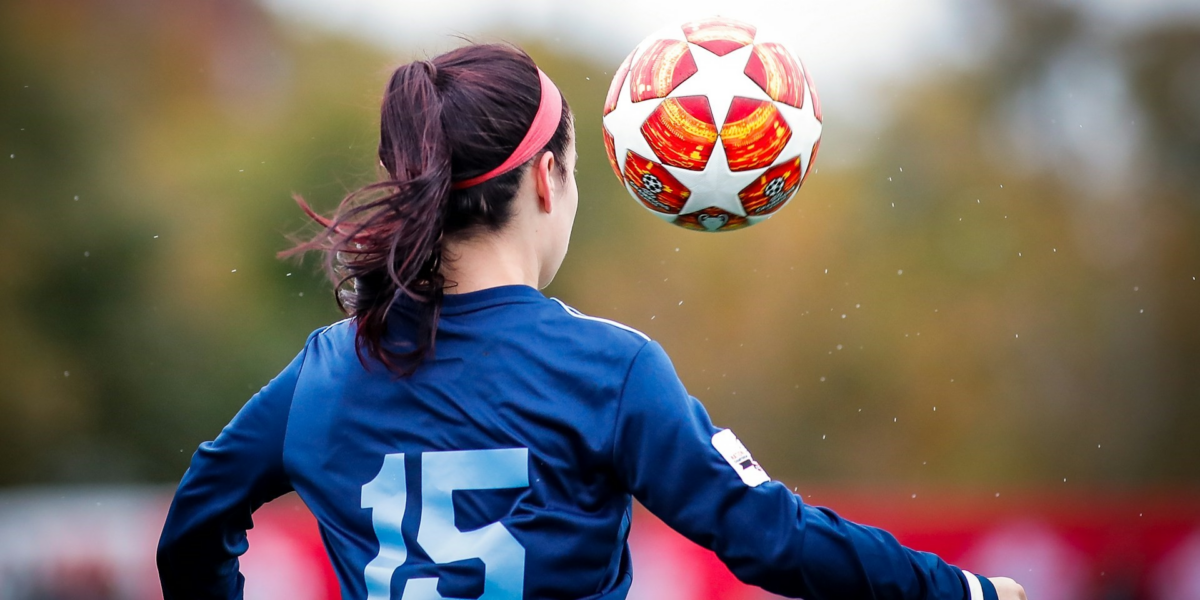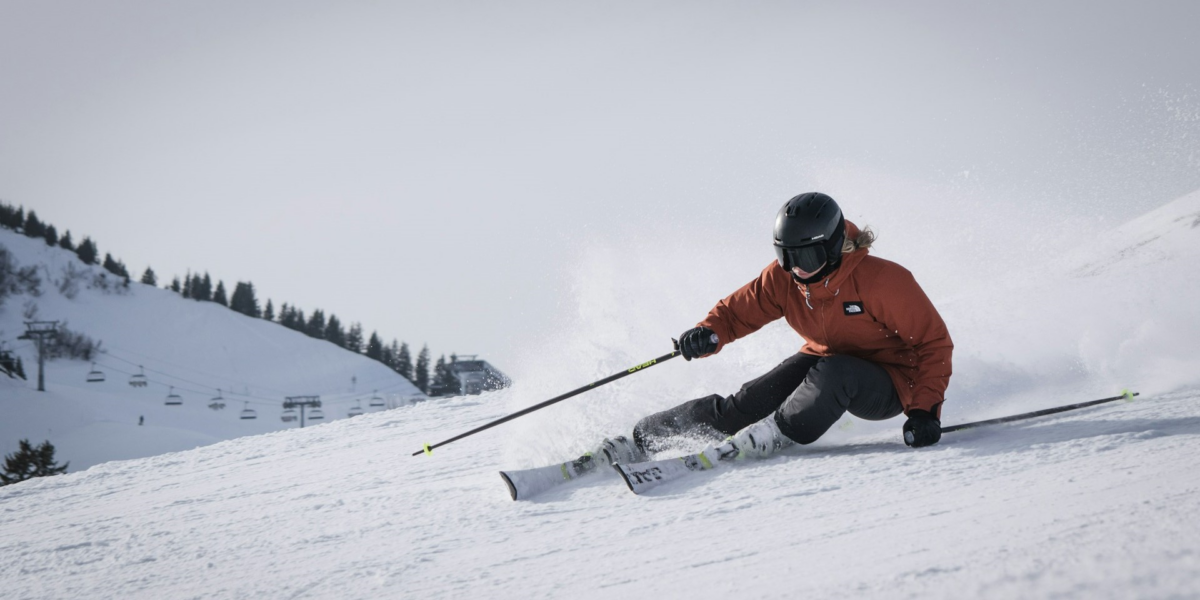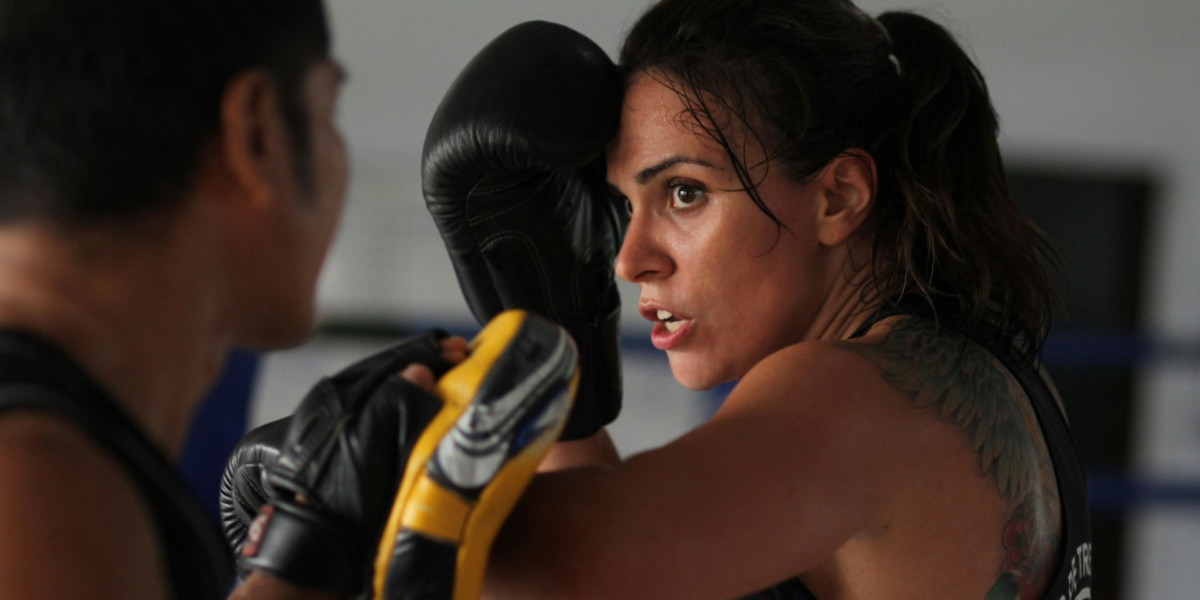Sports for Men Over 50: Get a Work Out While Having Fun
Engaging in sports is not just for the younger generation. Men over 50 can find immense benefits in participating in physical activities that not only keep them fit but also add an element of enjoyment to their routine. As we age, maintaining an active lifestyle becomes crucial for overall health and well-being.
Tennis: A Game of Endurance and Precision
One sport that stands out for men over 50 is tennis. It provides an excellent cardiovascular workout while promoting agility and precision. Tennis is a low-impact sport, reducing the risk of injury, making it an ideal choice for those with joint concerns. The social aspect of playing doubles can also contribute to a sense of camaraderie, fostering both physical and mental well-being.
Tennis may not be an excellent choice for every man out there. Previous elbow or knee issues could force some guys out of the game early. However, if you can still move a bit up and down the court, it could be a great option to stay in shape.
Golf: A Gentle Exercise in the Great Outdoors
For those who prefer a more relaxed pace, golf is a perfect option. It allows men over 50 to enjoy the great outdoors while engaging in a low-impact, full-body workout. Walking the course and swinging the club contribute to improved cardiovascular health and enhanced flexibility. Remember that walking the course is key to actually achieve a full workout here. Golf is not just a sport; it’s a recreational activity that encourages social interaction and provides an opportunity to unwind.
Swimming: A Full-Body Workout with Minimal Impact
Swimming is an excellent choice for men over 50 seeking a full-body workout with minimal impact on joints. The buoyancy of water reduces stress on muscles and joints, making it an ideal option for those with arthritis or other mobility issues. Swimming enhances cardiovascular fitness, builds muscle strength, and promotes flexibility. Whether it’s swimming laps or participating in water aerobics classes, the pool offers a refreshing way to stay active.
Getting in the pool is something men way over 50 may still be able to do. It could be a great addition to a daily routine. There’s no reason to be afraid to go out at your pace. Just being in the water can be a workout within itself.
Cycling: Embrace the Joy of Riding
Cycling is another fantastic option for men over 50, combining cardiovascular exercise with the joy of riding. Whether on a stationary bike or cycling through scenic routes, it’s an effective way to improve heart health and boost leg strength. Cycling also allows individuals to control the intensity of their workout, making it suitable for various fitness levels. Additionally, it’s an eco-friendly mode of transportation that aligns with a sustainable lifestyle.
Pickleball: A Fusion of Fun and Fitness
Pickleball has gained popularity among older adults for its simplicity and social aspect. A combination of tennis, badminton, and table tennis, pickleball is easy to learn and provides an excellent cardiovascular workout. The smaller court size and slower pace make it accessible for men over 50, promoting agility and reflexes. Pickleball can be enjoyed both indoors and outdoors, offering flexibility in play.
Engaging in sports after the age of 50 is not just about staying fit; it’s about enjoying life to the fullest. Whether it’s the strategic moves in tennis, the tranquility of golf, the refreshing swim, the joy of cycling, or the social aspect of pickleball, there’s a sport for every preference. Embracing an active lifestyle not only contributes to physical health but also enhances mental well-being and social connections. So, for men over 50, it’s time to pick a sport, get moving, and make staying active an integral part of a fulfilling and healthy life.













